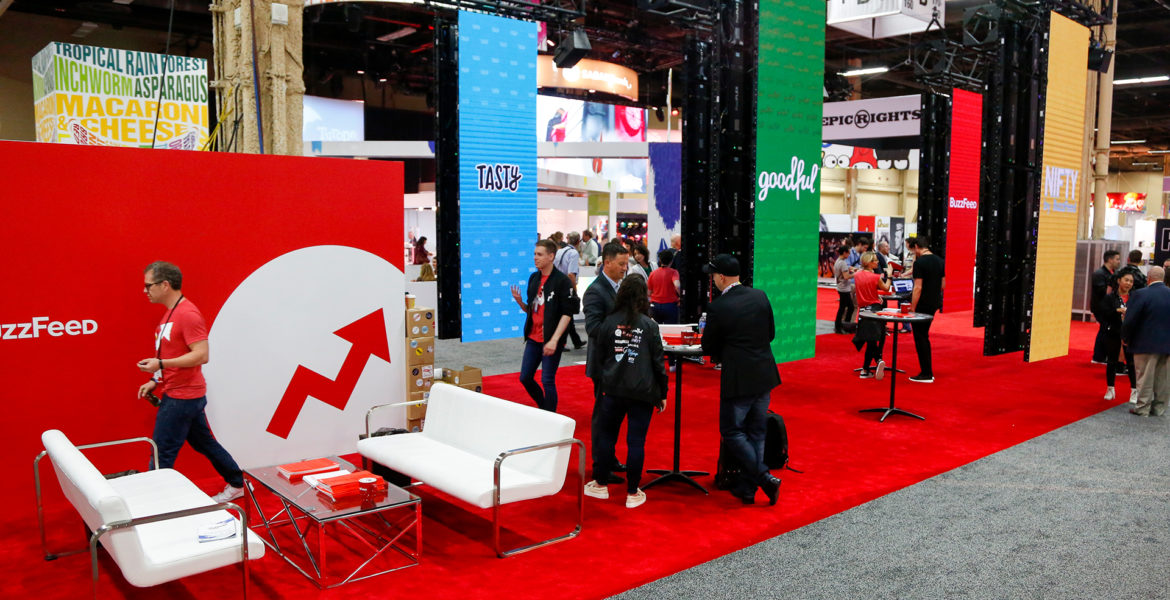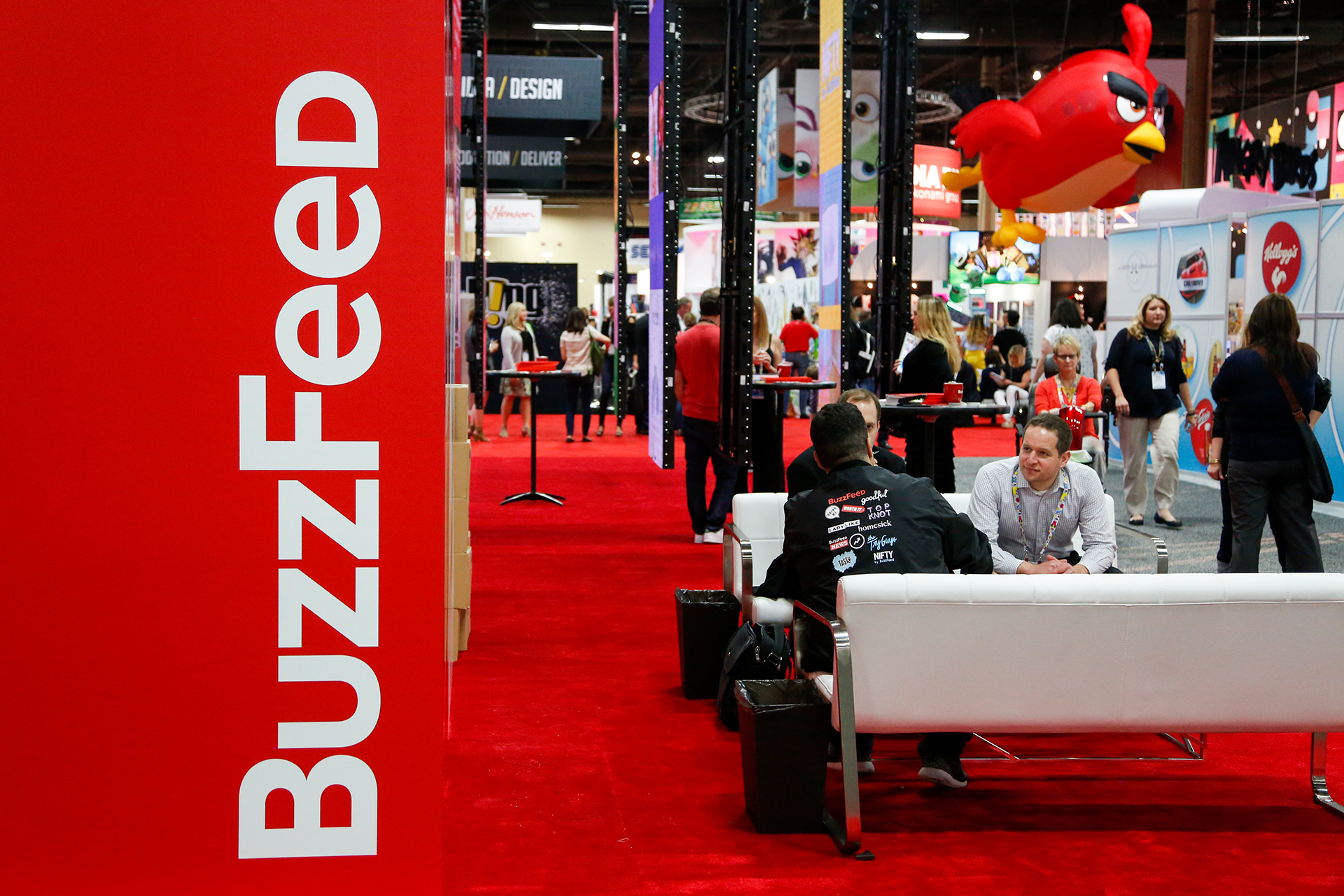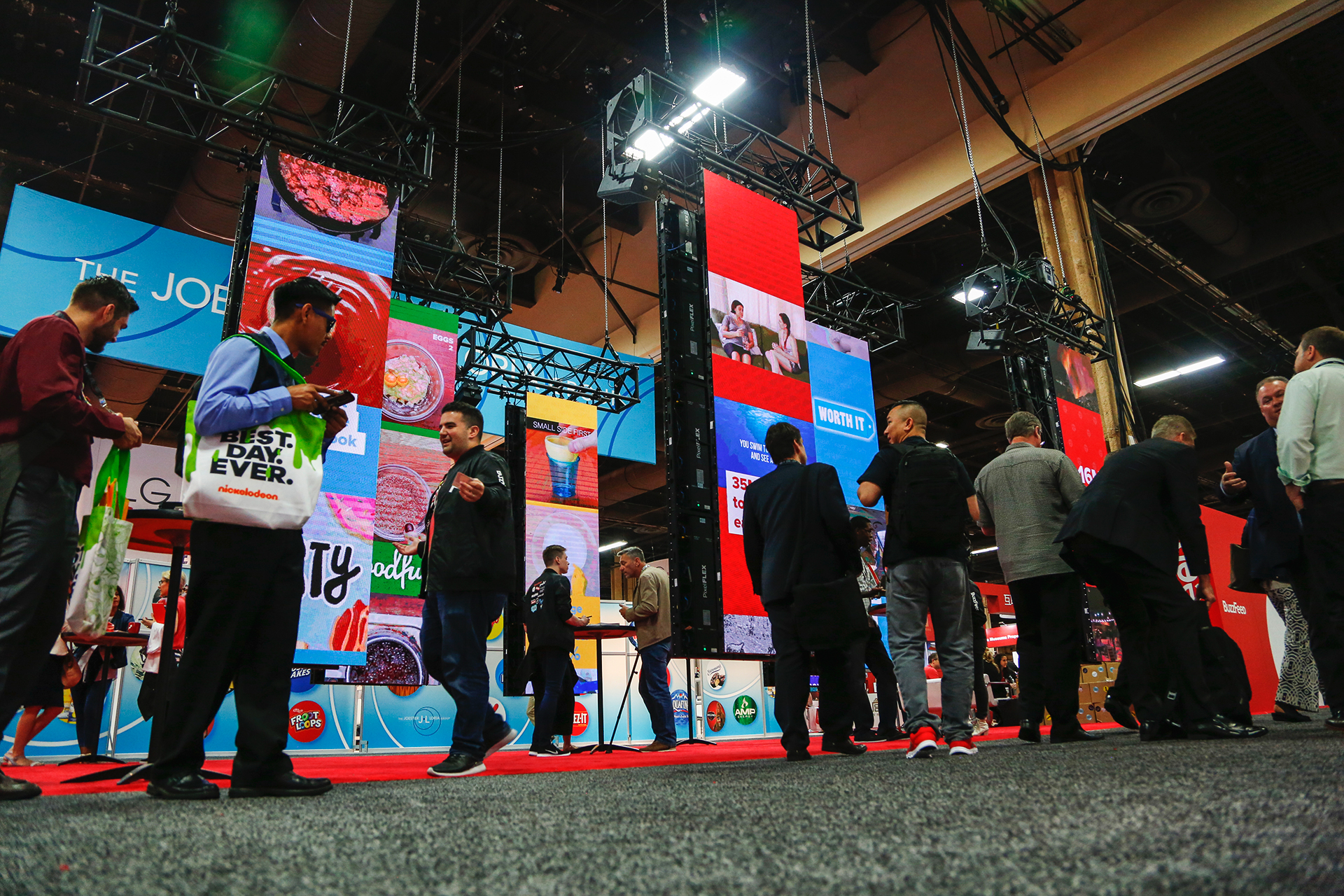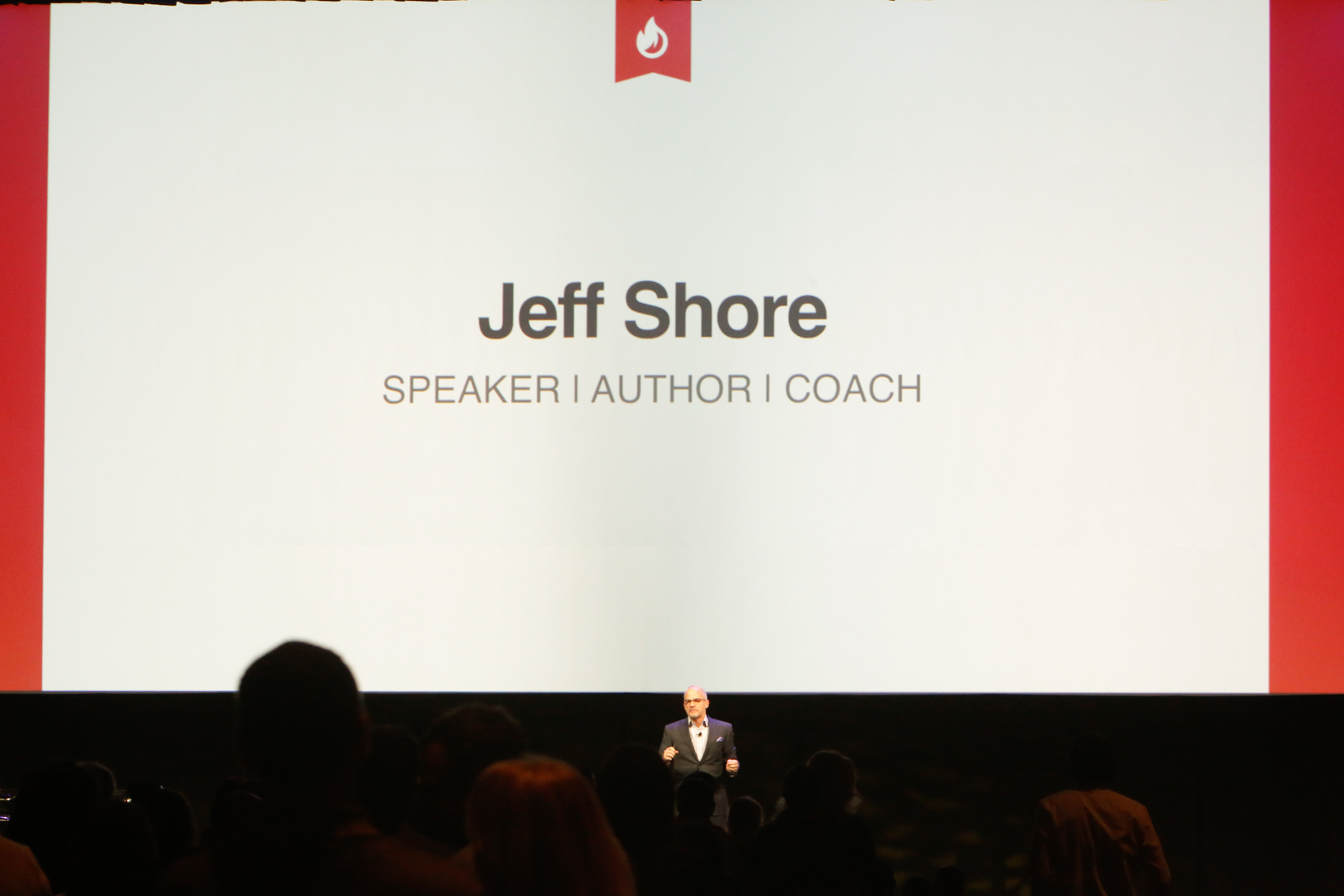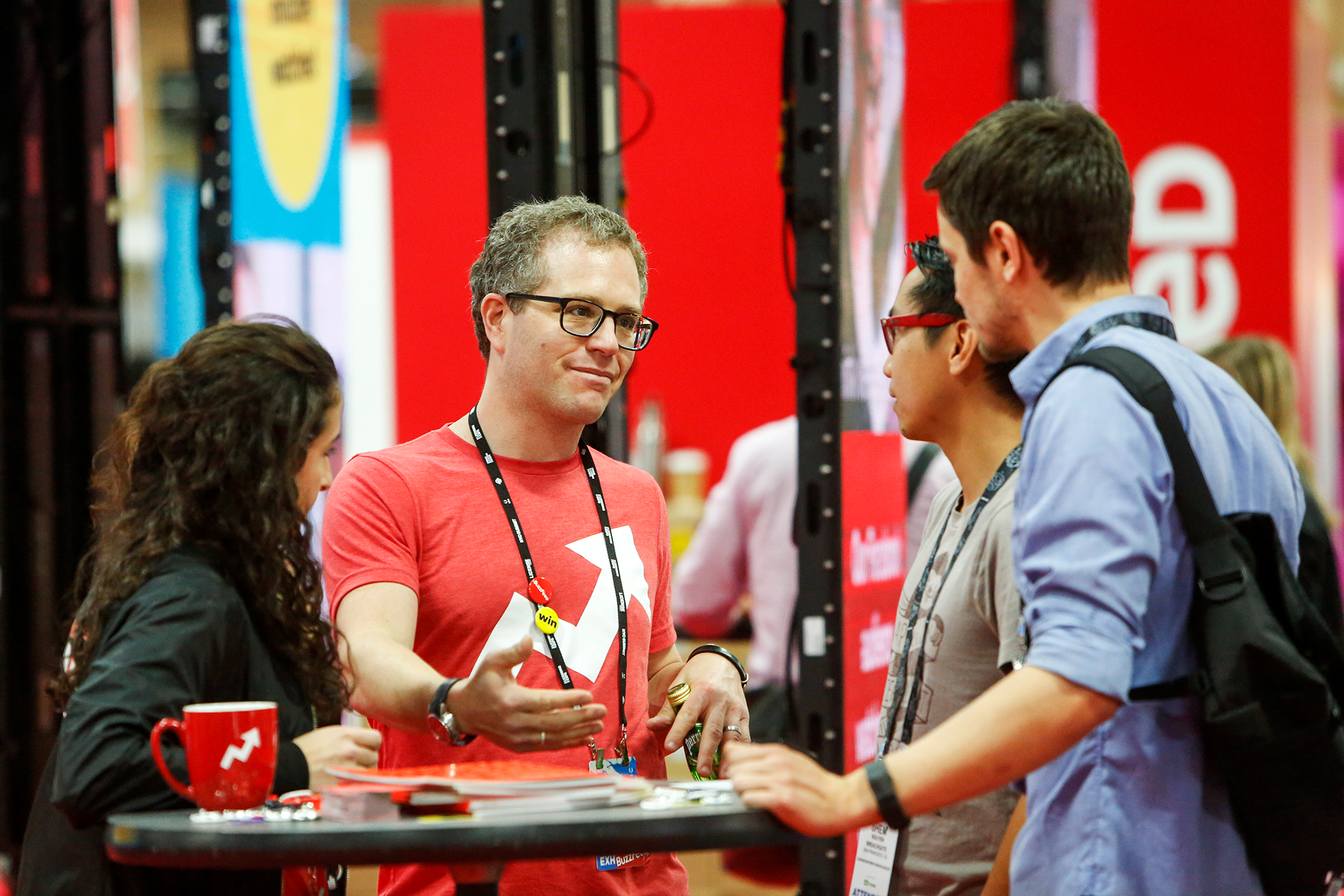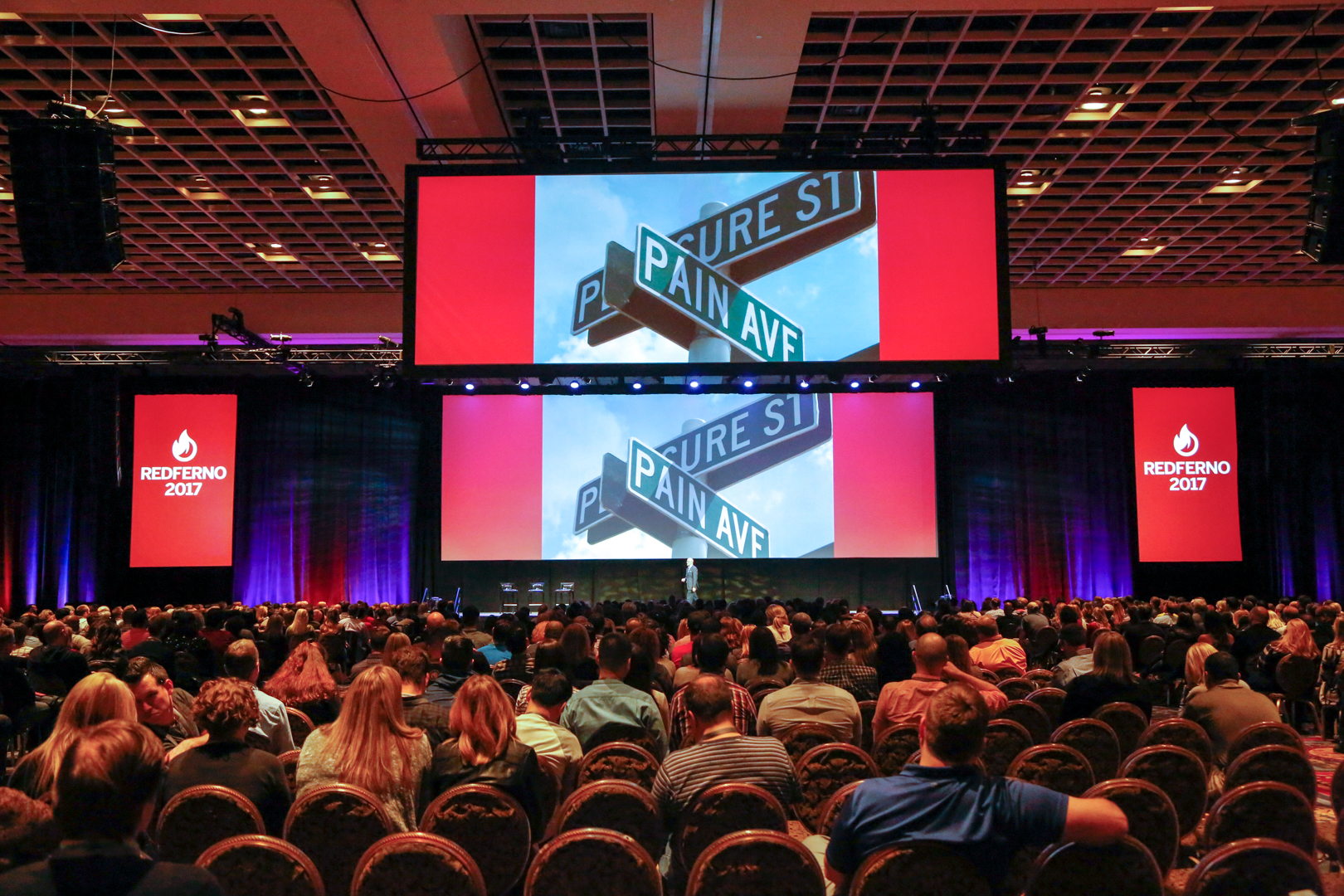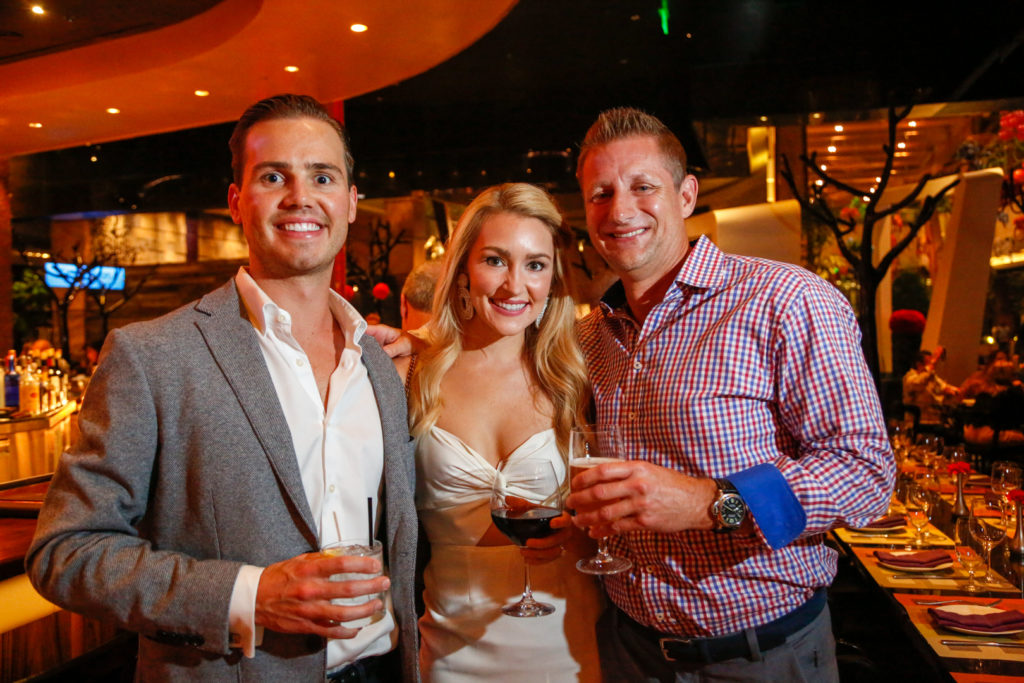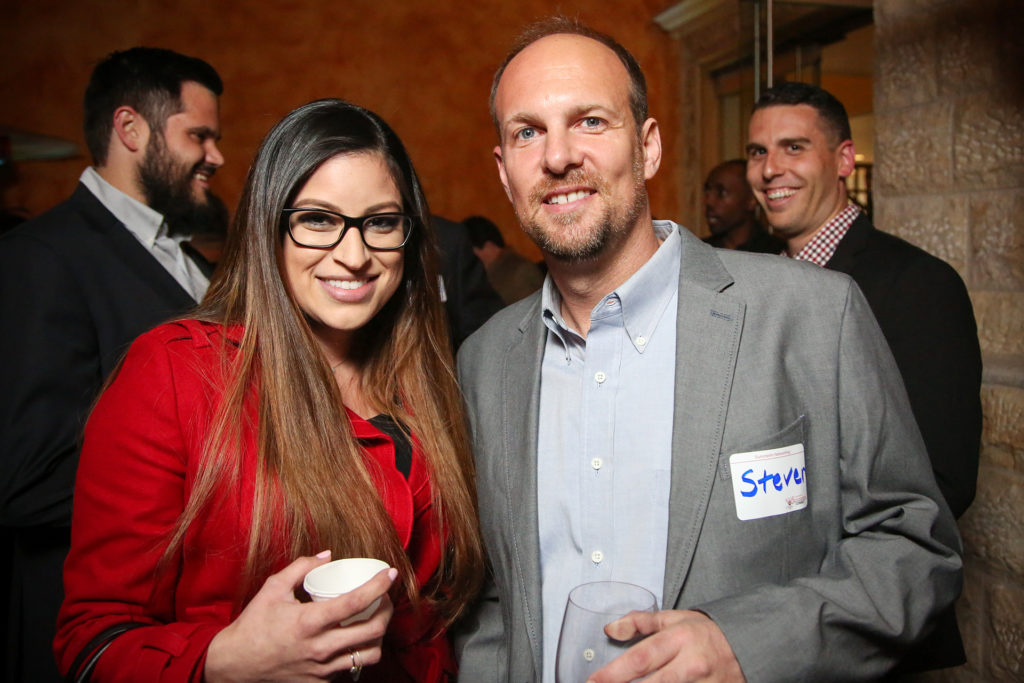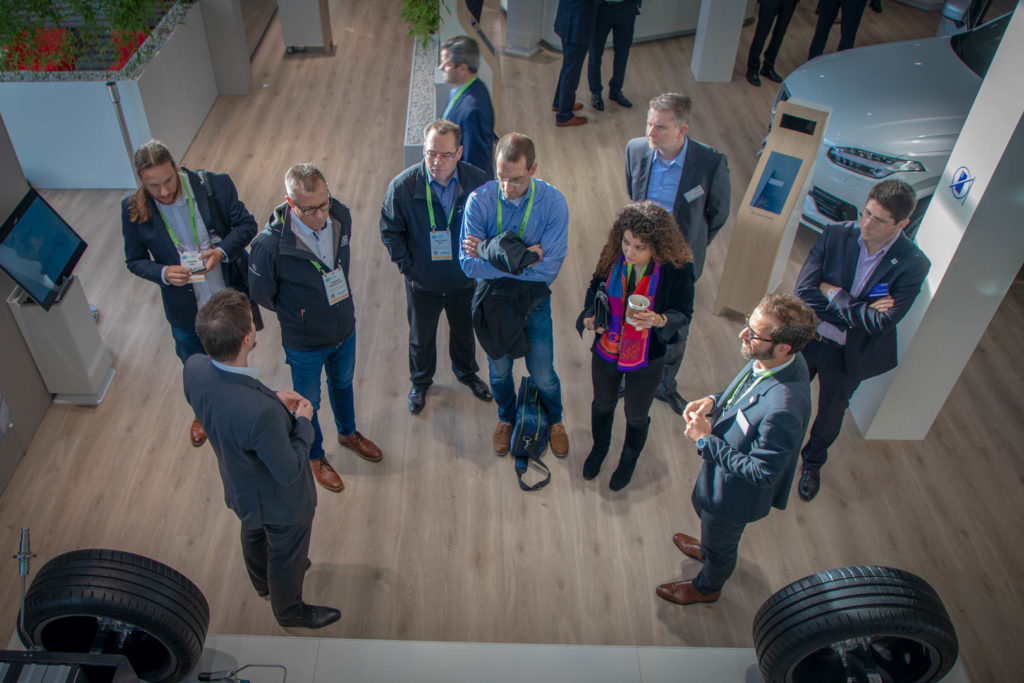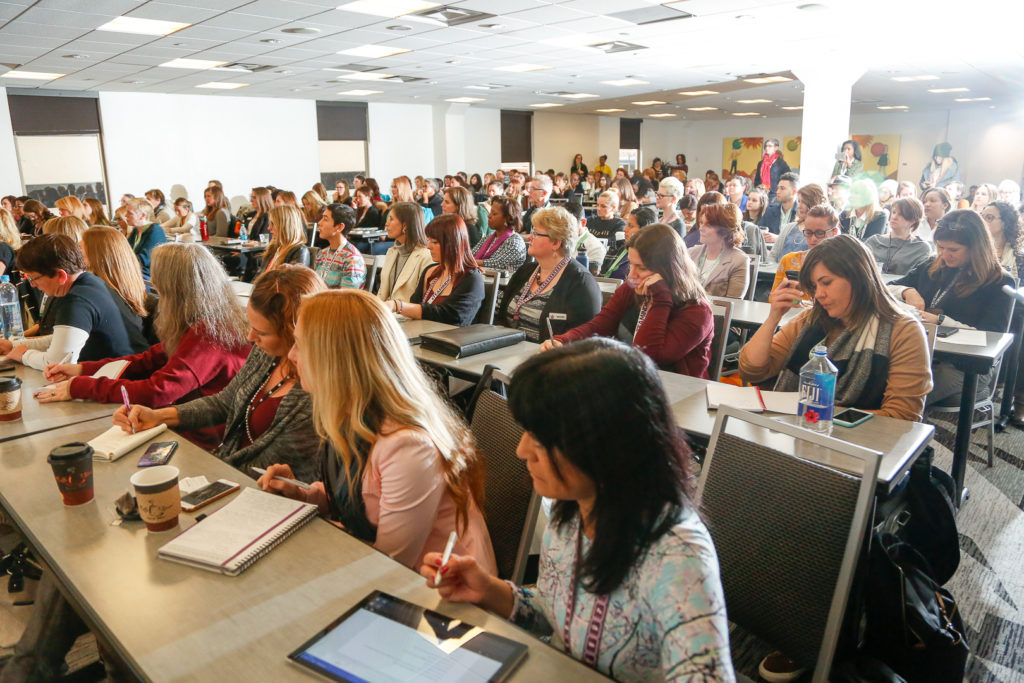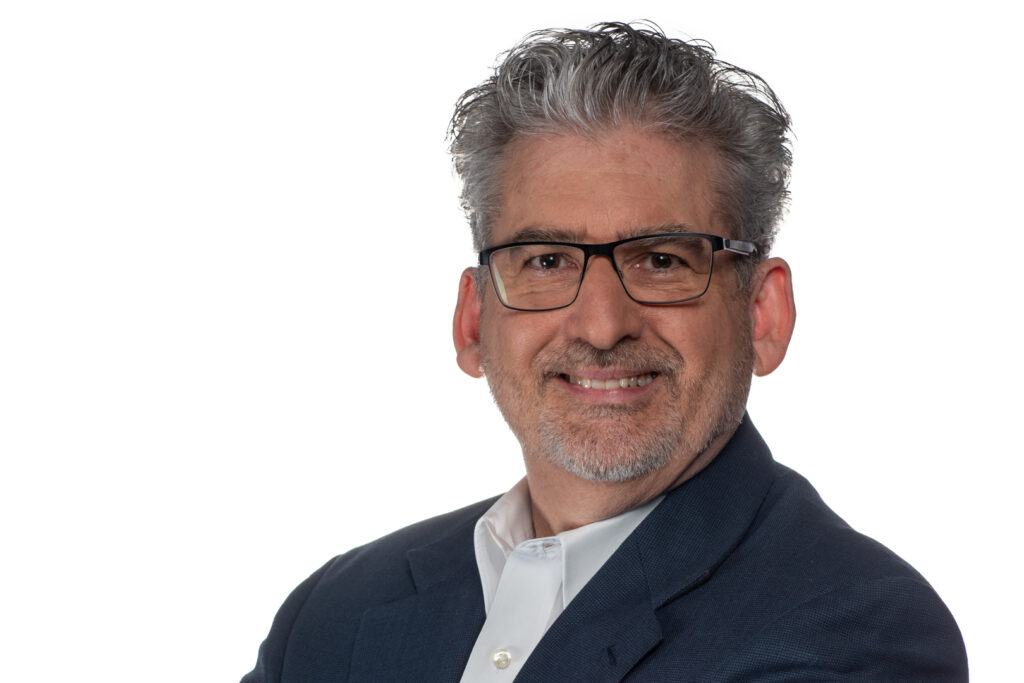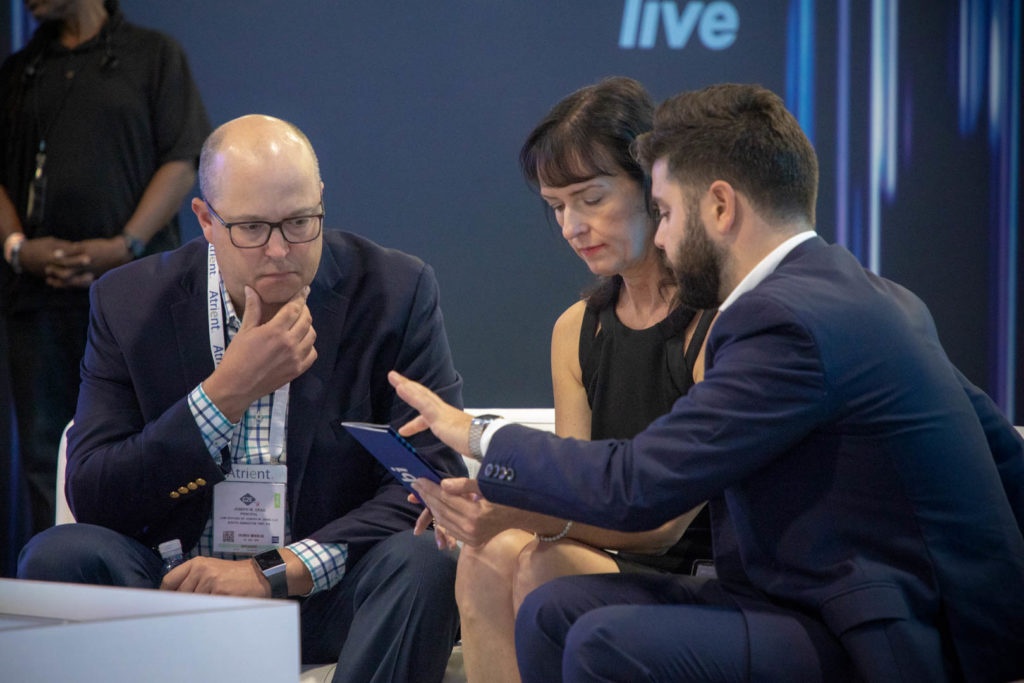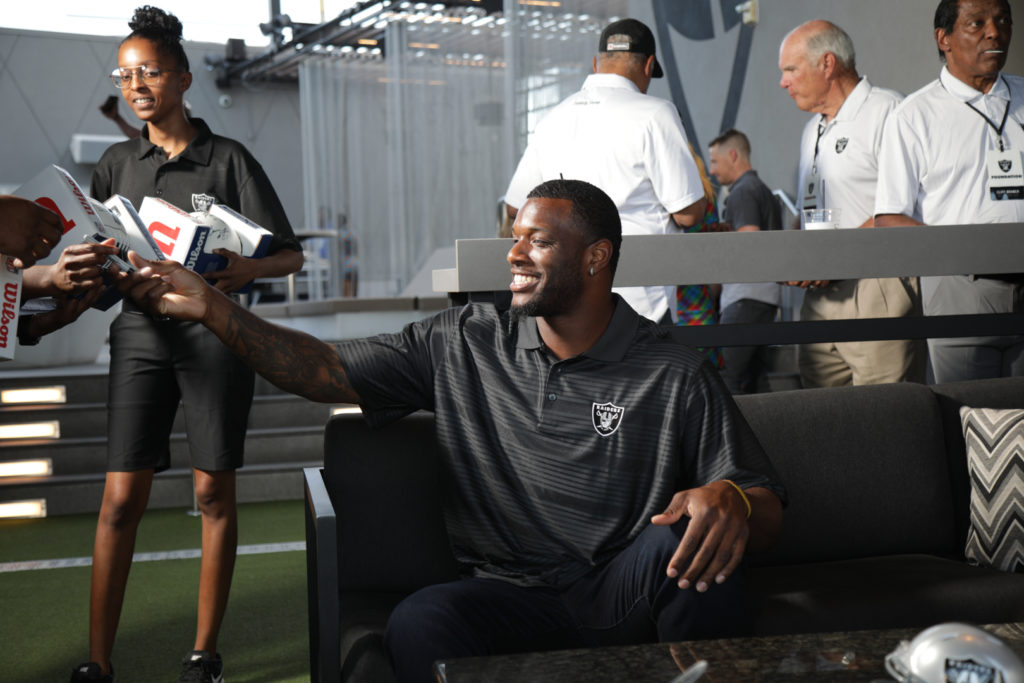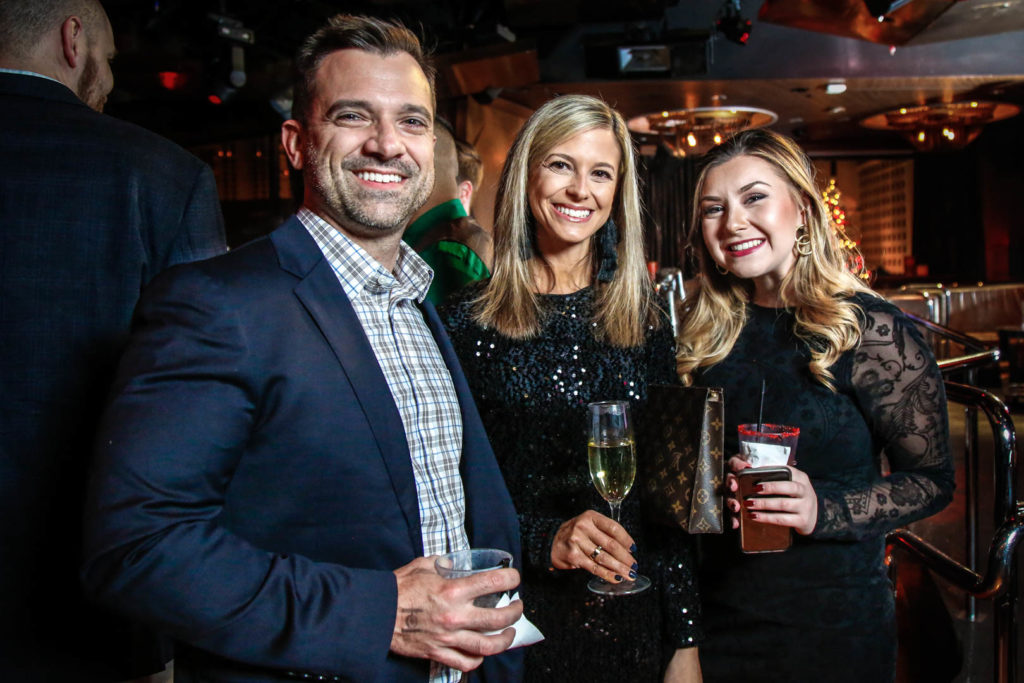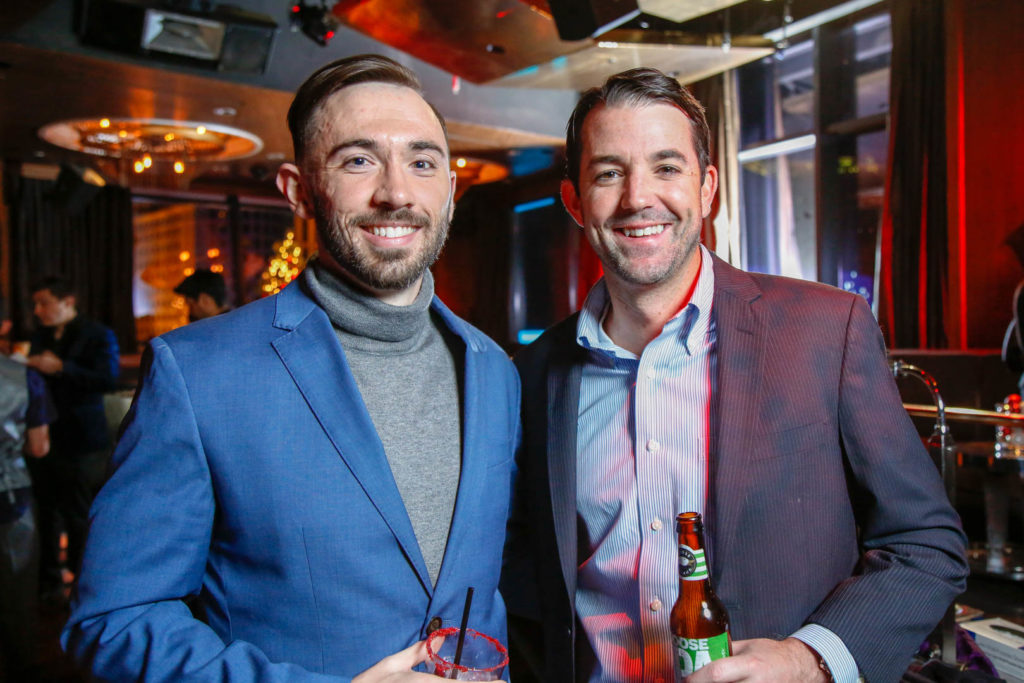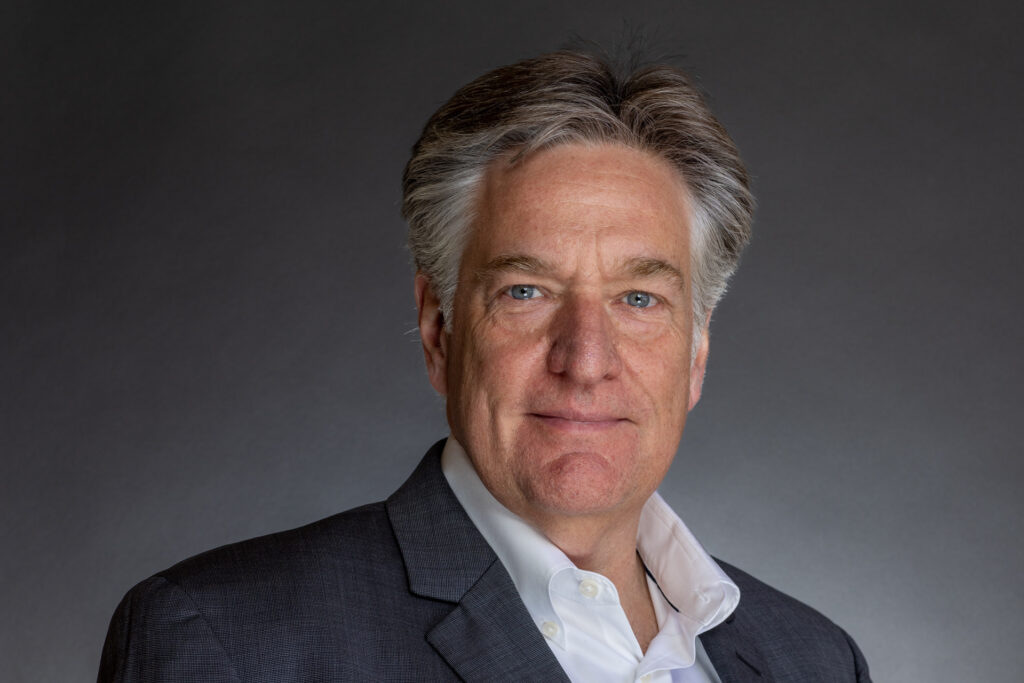.
Working as a Convention Photographer
As a Las Vegas event photographer, you will be working on plenty of large-scale events, including conventions. Conventions have the potential to be a lucrative job for any Las Vegas event photographer due to the longer hours and more expansive workspace when compared to, say, being hired for business headshots. If you want to know how to make the most out of being a convention photographer, consider the following tips that will help you.
Tips to Working as a Convention Photographer
Convention photography can be fickle but if you want to be a successful Las Vegas event photographer, then you need to know how to properly work in a convention-based environment. The following are the most essential tips that you need to follow when working as a Las Vegas event photographer at any upcoming convention.
Tip: Scope out the venue lighting, beforehand, if possible
Conventions can have terrible lighting, so whenever possible, try to research the lighting to make sure that you won’t be stuck in a dimly lit room without any options. Will there be any natural light? And if so, how much and where will it come from? Can you hang up external lights? And so on.
Tip: Keep a friendly and engaging tone
Conventions are often designed to be upbeat and fun to encourage people to begin sharing ideas, and business cards, all the while learning about new and exciting technologies that are headed our way. If you want to get the best photos, make sure you have a friendly and engaging tone rather than a serious, sour look that is sure to put people off.
Tip: Find out what the client’s expectations are
Corporate event photography can vary wildly in tone and style, so it’s best to consult with the client about what their expectations are so that you can meet them whenever possible. Ask your client about the type of photos they want taken at the convention, whether or not you will be stationary or roaming, and anything else you need to create the best photos.
Are you passionate about photography and thrive in fast-paced environments? If so, then working as a convention photographer might be the perfect match for you. While capturing stunning images, you’ll have the opportunity to immerse yourself in the exciting world of conventions and events.
Skills and Equipment Needed for Convention Photography
To excel as a convention photographer, it’s important to have the right skills and equipment. Firstly, you need to have a solid understanding of photography fundamentals, including exposure, composition, and lighting. This will allow you to capture high-quality images in various conditions.
In terms of equipment, having a reliable camera with interchangeable lenses is crucial. Convention venues can have different lighting conditions, so having lenses with different focal lengths will give you the flexibility to capture a range of shots. Additionally, investing in a sturdy tripod and external flashes can help you achieve better stability and lighting control.
Lastly, proficiency in post-processing software such as Adobe Lightroom or Photoshop is essential. Being able to enhance your images and make necessary adjustments will elevate the overall quality of your work. With the right skills and equipment, you’ll be ready to capture the magic of conventions.
Understanding the Role of a Convention Photographer
As a convention photographer, you play a vital role in documenting the essence of various conferences, trade shows, and gatherings. Your photographs should tell a compelling story and capture the key moments and atmosphere of each event.
One of the main responsibilities of a convention photographer is to capture the emotion and energy of the speakers and attendees. This can include capturing the expressions on a speaker’s face during a presentation or the reactions of the audience. By focusing on these moments, you’ll create a visual narrative that brings the event to life.
Additionally, you’ll often be tasked with capturing images of the exhibition hall and the booths. These images should showcase the scale and vibrancy of the event, highlighting the products and services on display. Your goal is to create images that not only represent the event accurately but also generate interest and excitement for future attendees.
Tips for Capturing Memorable Convention Moments
Capturing memorable moments at conventions requires a combination of technical skills and creative vision. Here are some tips to help you make the most of your opportunities:
Be prepared: Arrive early to familiarize yourself with the venue and plan your shots. Understanding the schedule and layout of the event will allow you to anticipate important moments and make the necessary preparations.
Shoot in RAW: Shooting in RAW format gives you more flexibility during post-processing. It allows you to recover details from shadows and highlights, ensuring that your final images are of the highest quality.
Capture candid shots: Candid shots can often be the most authentic and memorable. Look for natural interactions and genuine expressions among the attendees. These images will add depth and personality to your portfolio.
Use creative angles: Experiment with different angles and perspectives to create unique and visually appealing images. This will help your work stand out and capture the attention of potential clients.
Tell a story: Focus on capturing a series of images that tell a cohesive story. This can include shots that showcase the setup and preparation, the main events, and the interactions between attendees. By presenting a narrative, you’ll create a more engaging and impactful collection of photographs.
Dealing with Challenging Lighting Conditions at Conventions
Lighting conditions at conventions can be challenging, with a mix of natural and artificial light sources. To overcome these challenges, consider the following strategies:
Adjust your camera settings: Start by setting your camera to manual mode. This will allow you to have full control over the exposure settings, including aperture, shutter speed, and ISO. Experiment with different settings to find the right balance for each situation.
Use available light: Take advantage of the available natural and artificial light sources. If the venue has large windows, position yourself to utilize the natural light as much as possible. Additionally, consider using the venue’s ambient lighting to create interesting and dramatic effects.
Use flash strategically: External flashes can be a valuable tool in challenging lighting conditions. Use them to fill in shadows or create more even lighting. However, be mindful of not overpowering the scene or causing distractions.
Use reflectors and diffusers: Reflectors and diffusers can help modify and control the available light. Reflectors bounce light onto the subject, while diffusers soften and spread the light, reducing harsh shadows. Experiment with different techniques to achieve the desired effect.
Shoot in black and white: If the lighting conditions are particularly difficult to work with, consider shooting in black and white. This can add a sense of drama and eliminate distractions caused by color imbalances or harsh lighting.
By mastering the art of working with different lighting conditions, you’ll be able to consistently produce stunning images that capture the essence of each event.
Managing Large Crowds and Capturing Candid Shots
Conventions are often crowded, and bustling with attendees and participants. To capture candid shots and effectively manage large crowds, consider the following tips:
Blend in: Dress appropriately and discreetly so that you can blend in with the crowd. This will allow you to capture more natural and unposed moments without attracting unnecessary attention.
Be respectful: Always be respectful of people’s personal space and privacy. Seek permission when necessary, especially when photographing individuals up close. Building rapport and establishing trust will help you capture more authentic and genuine moments.
Anticipate moments: Pay attention to the flow of the event and anticipate when interesting moments are likely to occur. By being proactive and positioning yourself strategically, you’ll increase your chances of capturing those candid shots.
Capture interactions: Look for moments of interaction and engagement between attendees. These shots can convey the energy and excitement of the event. Candid shots of people networking, discussing ideas, or simply enjoying themselves will add depth to your portfolio.
Utilize long lenses: Long lenses allow you to capture candid shots from a distance without intruding on people’s personal space. This can be particularly useful in situations where being inconspicuous is important.
By mastering the art of capturing candid shots, you’ll be able to provide clients with a unique perspective on their events and create a more immersive experience for viewers.
Editing and Post-Processing Techniques for Convention Photography
Editing and post-processing are critical steps in the convention photography workflow. They allow you to enhance your images and bring out the best in your captures. Here are some techniques to consider:
Cull and select: Start by reviewing all your images and selecting the best ones. Remove duplicates, out-of-focus shots, and images that don’t meet your quality standards. This will make the editing process more efficient.
Adjust exposure and white balance: Use editing software to fine-tune the exposure and white balance of your images. Correct any underexposed or overexposed areas, and ensure the colors are accurate and pleasing to the eye.
Enhance details: Sharpening and noise reduction techniques can help enhance the details in your images. Apply these adjustments selectively to avoid introducing artifacts and maintaining a natural look.
Crop and straighten: Consider cropping your images to improve composition or emphasize specific elements. Straighten any tilted horizons to ensure a balanced and visually pleasing result.
Apply creative edits: Experiment with creative edits to add your personal touch to the images. This can include adjusting the tones, adding vignettes, or applying artistic filters. However, be mindful not to overdo it and maintain a cohesive look throughout your portfolio.
Remember, post-processing should enhance your images, not drastically alter them. Aim for a natural and authentic representation of the event while highlighting its unique qualities.
Building a Portfolio as a Convention Photographer
Building a strong portfolio is crucial for attracting clients and showcasing your skills as a convention photographer. Here are some tips to help you create a compelling portfolio:
Curate your best work: Select your strongest images that highlight your technical skills, creativity, and ability to capture key moments. Aim for a diverse range of images that showcase your versatility and adaptability.
Tell a story: Arrange your images in a way that tells a cohesive story. Consider organizing them chronologically or thematically to create a narrative that engages viewers.
Showcase variety: Include images that demonstrate your ability to capture different aspects of conventions, such as speakers, attendees, and exhibition halls. This will showcase your versatility and range as a convention photographer.
Highlight your unique perspective: Showcase images that reflect your unique style and vision. This will help you stand out among other photographers and attract clients who resonate with your work.
Update regularly: Continuously update your portfolio with your latest and best work. As you gain more experience and refine your skills, your portfolio should reflect your growth as a photographer.
Remember, your portfolio is a representation of your capabilities and should leave a lasting impression on potential clients. Take the time to curate and refine it to ensure it accurately reflects your skills and expertise.
Networking and Marketing Strategies for Convention Photographers
Networking and marketing are essential for establishing a successful career as a convention photographer. Here are some strategies to help you build your network and attract clients:
Attend industry events: Attend relevant industry events and conferences to connect with event organizers, exhibitors, and other professionals in the field. Engage in conversations, exchange business cards, and follow up with potential clients.
Leverage social media: Establish a strong online presence by showcasing your work on platforms such as Instagram, Facebook, and LinkedIn. Use hashtags, engage with relevant communities, and share behind-the-scenes insights to attract a following.
Collaborate with event organizers: Offer your services to event organizers in exchange for exposure and referrals. This can include capturing images for their promotional materials or providing coverage of their events.
Create a professional website: Build a professional website that showcases your portfolio, services, and contact information. Optimize it for search engines to increase your online visibility and attract organic traffic.
Offer referral incentives: Encourage satisfied clients to refer you to others by offering incentives such as discounts or additional services. Word-of-mouth referrals can be a powerful tool in attracting new clients.
By actively networking and implementing effective marketing strategies, you’ll increase your visibility and attract clients who appreciate your skills and expertise.
Is Convention Photography Right for You?
Working as a convention photographer offers a unique blend of creativity, technical skills, and the thrill of capturing live events. It requires adaptability, quick thinking, and the ability to connect with people from diverse backgrounds. If you’re passionate about photography and enjoy the fast-paced environment of conventions, this career path can be incredibly rewarding.
Remember, convention photography is a dynamic and ever-changing field that requires continuous learning and adaptation. Stay up to date with the latest technology and trends, refine your skills, and always strive to deliver memorable and impactful images. With dedication and perseverance, you can build a fulfilling career as a convention photographer and leave a lasting impression with your work.
So, if you’re ready to embark on a challenging and rewarding journey that combines your love for photography with the excitement of events, consider working as a convention photographer. Get ready to capture unforgettable moments and make a lasting impact with your images.
Call or text 702-530-4384 to book your next Las Vegas photography session or email us at info@christianpurdie.com for more information.

